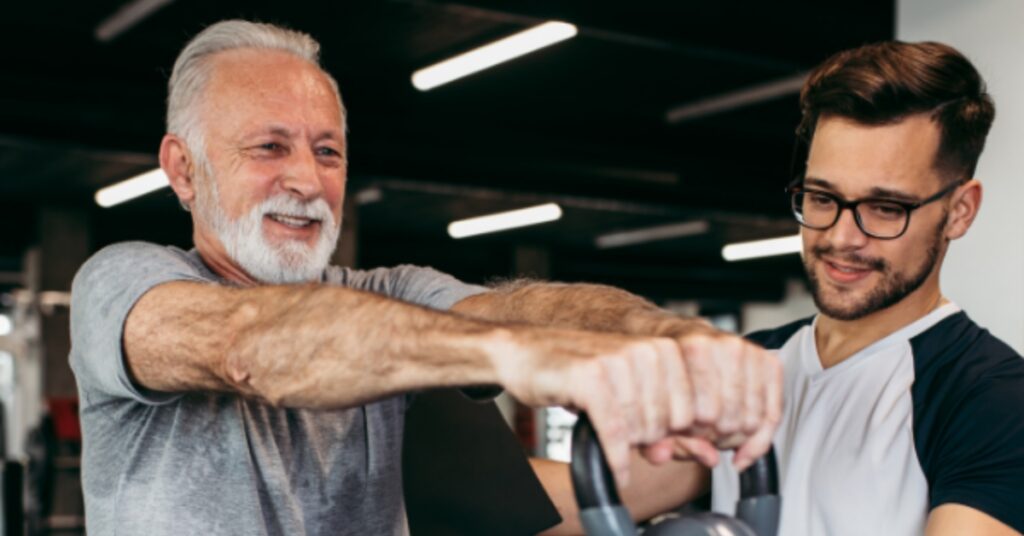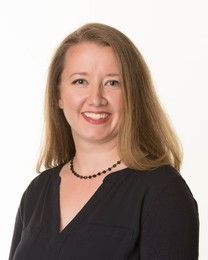Body Positive Practices for Older Adult Clients

Like younger bodies, older bodies also come in all shapes and sizes. Therefore, it is important for fitness professionals working with older clients to embrace size inclusive and body positivity practices. There are several ways in which fitness professionals can do this.
The first practice in which fitness professionals can engage to support inclusion is by checking our assumptions as to why older people exercise. The reasons why anyone exercises are very personal. Older people exercise for many of the same reasons as younger people: to improve health, to feel happier, to perform better, to socialize, to lose weight, and much more. That means, while some older exercisers may embrace weight loss as a goal, not all do. In fact, some older people may exercise to gain weight and muscle to improve day to day living. Therefore, fitness professionals should not assume that older clients in larger bodies are seeking fitness services for weight loss. Rather, fitness professionals should ask older clients about their goals and support each exerciser as an individual.
The second practice in which we can engage to support body positivity is recognizing that older people may be experiencing age-related changes to their bodies. We often think of grey hair and wrinkles developing with age, but thinner and less elastic skin, age spots, and other changes are all possibilities. Some of these changes could make some people feel self-conscious about their bodies. Anti-aging messaging can further contribute to negative feelings about one’s body. Therefore, it is important for fitness professionals to be aware of such messaging and embrace more age-positive messages.
A third practice is to support diverse representation. This means displaying images of, and promoting, role models of all ages, sizes, and backgrounds as well as hiring and promoting fitness professionals of all ages, sizes, and backgrounds. In spaces where there are uniforms, it is imperative that employers have uniforms available in a range of sizes and that these uniforms are comfortable for all bodies. However, finding comfortable exercise attire can be difficult for some people as athleisure wear is often made for, and marketed to, younger people. This can lead to older exercisers feeling uncomfortable in athleisure wear. Offering a range of styles can help provide options for everyone. Also, as fitness professionals, we should be aware of a variety of athleisure wear and alternatives when suggesting exercise appropriate attire for clients of all ages and sizes so that each exerciser can find clothing in which they are comfortable.
Finally, fitness professionals can continue to learn about inclusion in fitness. Take a course, talk to clients, and share what you learn with other fitness professionals. As you continue to learn more, do not forget to apply the lessons you learn to all the client demographics with whom you work.

